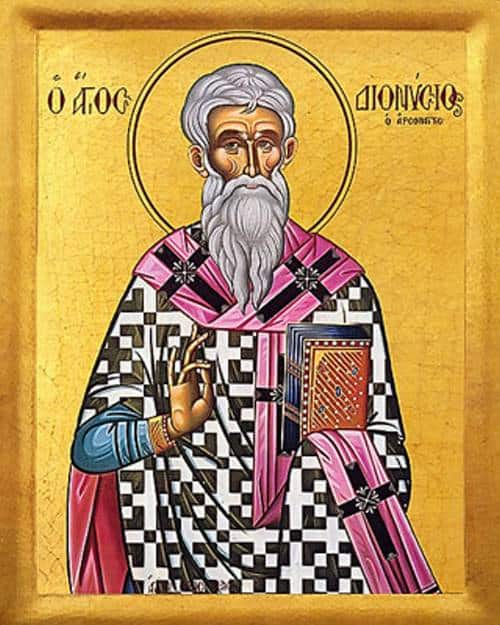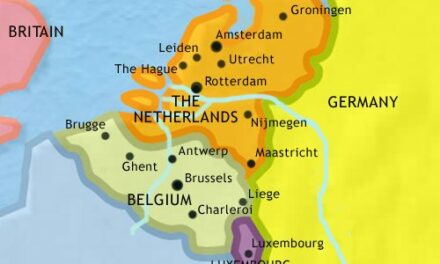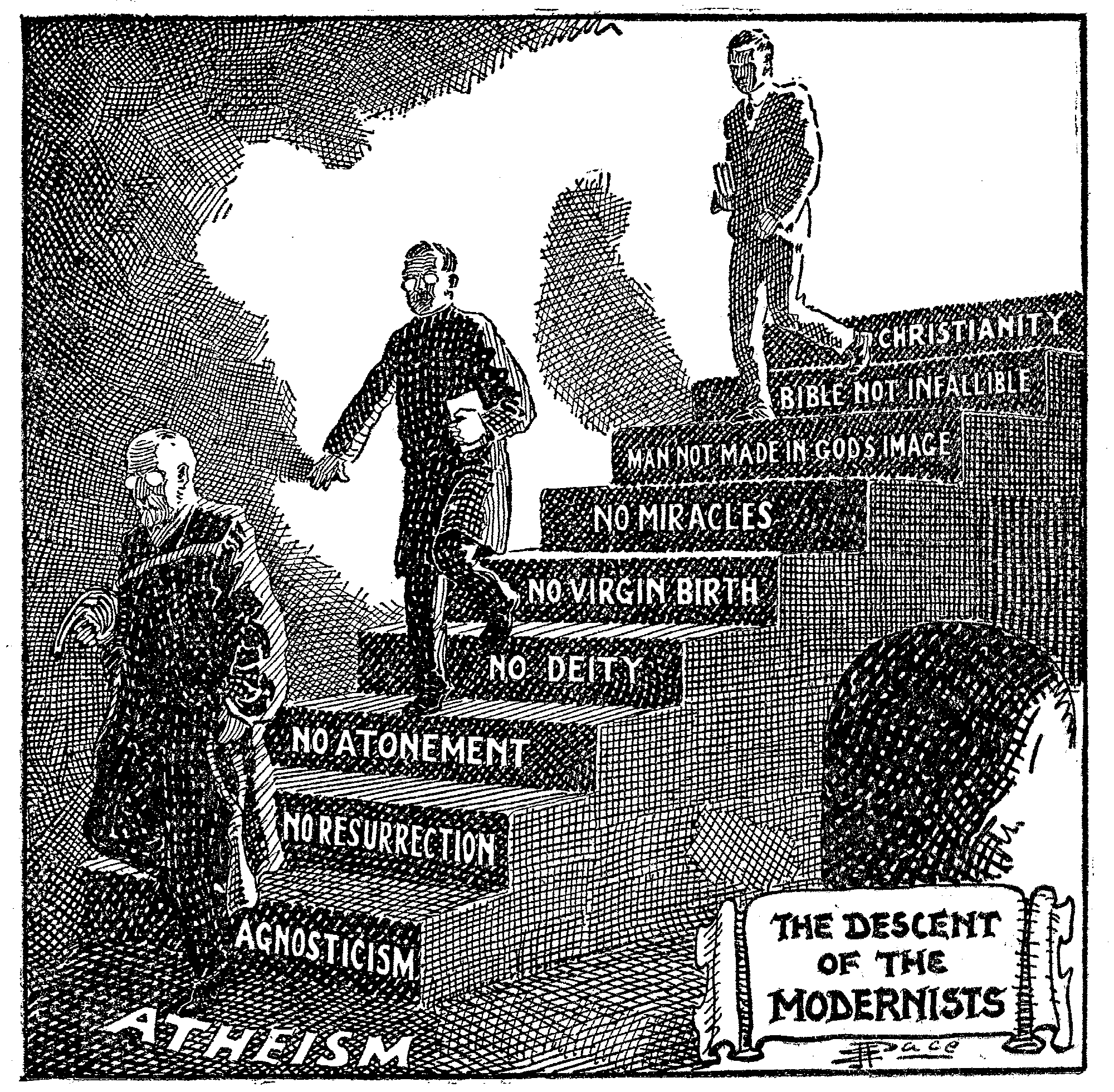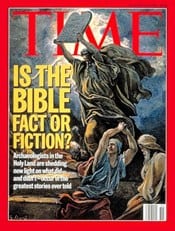This episode is titled – The Divide.
I begin with a quote from a man known to scholars as Pseudo Dionysius the Areopagite. In a commentary on the names of God he wrote . . .
The One is a Unity which is the unifying Source of all unity and a Super-Essential Essence, a Mind beyond the reach of mind and a Word beyond utterance, eluding Discourse, Intuition, Name, and every kind of being. It is the Universal Cause of existence while Itself existing not, for It is beyond all Being and such that It alone could give a revelation of Itself.
If that sounds more like something an Eastern guru would come up with, don’t worry, you’re right. Dionysius isn’t called Pseudo for nothing.
We’ll get to him a bit deeper into this episode.
The late 5th & 6th Cs saw important developments in the Eastern church. It’s the time of the premier Byzantine Emperor, Justinian. But 2 contemporaries of his also made important contributions to the most important institutions of the medieval church in the West. One of them we’ve already mentioned in brief, the other we’ll devote an episode to; Benedict of Nursia & Pope Gregory the Great.
By the end of the 6th C, the unique characteristics of the Eastern and Western churches had coalesced in two different traditions. While the West remained loyal to the pattern held at Rome, the East emerged in 3 directions.
The major Councils held at Ephesus & Chalcedon to decide the issue raised by the debate between Cyril of Alexandria & Nestorius, bishop of Constantinople, over the nature of Christ, produced a 3-way split in the Eastern church. That split continues to this day and is seen in what’s called the . . .
(1) Chalcedonian or Byzantine Orthodox church
(2) Those called Monophysites or Oriental Orthodox, which follows the theological line of Cyril &
(3) The Nestorian Church of the East.
Without going into all the intricate details of the debates, suffice it to say the Eastern Church wasn’t satisfied with the Western-inspired formula describing the nature of Jesus adopted at the Council of Chalcedon in 451. In a scenario reminiscent of what had happened all the way back at the first council at Nicaea in 325, while they concluded the council at Chalcedon with an agreed creed, some bishops later hemmed & hawed over the verbiage. To those Eastern bishops beholden to Cyril, Chalcedon sounded too Nestorian to swallow. Chalcedon said Jesus was “1 person in 2 natures.” The balking bishops wanted to alter that to say he was “out of 2 natures” before the incarnation, but after he was 1 nature.
Now, for those listening to several of these podcasts in a row rather than spaced out over several weeks, I know this is repetitious. In a brief summary let me recap Cyril’s & Nestorius’ views. Regarding how to understand who Jesus is; that is, how His identities as both God & Man related to each other . . .
Cyril said he was both God & Man, but that the divine so overwhelmed the human it became virtually meaningless. The analogy was that his humanity was a drop of ink in the ocean of His divinity. Therefore, Mary was the Theotokos – the mother of God.
Nestorius, balked at that title, saying Mary was Jesus human mother who became the means by which Jesus was human but that she should not be called the mother of God. Nestorius said Jesus was both human & divine and emphasized his humanity and the role it played in the redemption of lost sinners.
Because Nestorius reacted to what he considered the aberrant position of Cyril, and because he lacked tact and a knew when to shut up, his opponents claimed he taught Jesus wasn’t just of 2 natures but was 2 persons living in the same body. For this, he was branded a heretic.
But when the Council of Chalcedon finally issued its official stand on what compromised Christian orthodoxy regarding the person & natures of Christ, Nestorius said they’d only articulated what he’d always taught.
So it’s little wonder post-Chalcedon bishops of the Cyrillian slant rejected Chalcedon. Their view left the humanity of Christ as an abstract and impersonal dimension of His nature. Because they SO emphasized His deity, at the cost of his humanity, they were branded as “Monophysites” or sometimes you’ll hear it pronounced as “muh-noph–uh-sites.” Sadly, just as those labeled Nestorian weren’t heretical as the name came to mean, the term Monophysite is also inaccurate because they did not DENY Jesus’ humanity.
The Greek prefix mono implies “only one” nature. A better descriptor is monophysite. Hen- is the Greek prefix meaning one, but without the “only” limiter.
But the Eastern push-back on Chalcedon wasn’t just theological; it was also nationalistic. The church in Egypt went into revolt after the Council because their patriarch Dioscorus was deposed!
Then in Canon 28 of the Council’s creed, Constantinople was elevated as 2nd only to Rome in terms of prestige, so both Alexandria & Antioch got their togas in a bunch. Those bishops who supported Chalcedon were labeled “Melchites,” meaning royalists because they supported the Imperial church.
We’ve noted that while the Western Emperor was out of the picture by this time, so that the Roman pope stood as a kind of lone figure leading the West, the Eastern Emperor at Constantinople still wielded tremendous authority in the Church. We might wonder therefore why they didn’t step in to settle the issue about the nature of Christ. They wanted to. Several of them would have liked to repudiate Chalcedon, but their hands were tied, because there was one part of the Council they wanted to keep – Canon 28, setting up Constantinople as technically Rome’s second, but in reality, her equal.
Now, as I studied the material that follows the debates between the Henophysites & Chalcedonians I found myself at a loss on how to relate it without boring the bejeebers out of you. I spent quite a bit of time working, editing, re-editing, deleting, restoring, and deleting again before deciding to just say that in the East during the 5th & 6th Cs, just about everybody was caught up in this thing. Emperors, bishops, patriarchs, metropolitans, monks, priests, & the common people. There are technical words like Encyclion, Henoticon, Severan, Acacian that are employed to define the different sides taken in the debate, and those who tried to forge a compromise. And let me tell you – THOSE guys failed miserably in working a compromise. They got hammered by BOTH sides.
Regarding the long debate over the natures of Christ in the East, Everett Ferguson says that the irony is that the Chalcedonians, Henophysites, and the Church of the East were really trying to say the same thing about Jesus. He was somehow at the same time 2 somethings, but a single individual. Their different starting points gave different formulations their opponents couldn’t accept for theological reasons and wouldn’t for political reasons.
Switching gears: Around 500 one of the most influential thinkers in Greek Orthodox spirituality made his mark, Pseudo-Dionysius the Areopagite. His real name is unknown. He claimed to be Dionysius, one of Paul’s Athenian converts mentioned in Acts 17. His contemporaries accepted his writings as legit. We know now they weren’t.
Pseudo-Dionysius combined Christianity & Neoplatonism into a mish-mash slap-dash theology that appealed to both Chalcedonians and Henophysites. Probably because when you read it you inwardly say, “What?” but had to nod your head saying how amazing it was so you wouldn’t appear stupid. Like when I read or listen to Stephen Hawking waxing eloquent on some tangent of astrophysics; I say, “Wow! That guy’s brilliant!” But don’t ask me to explain what I just heard. He speaks English, but it might as well be ancient Akkadian.
Besides being a Neoplatonist, Pseudo-Dionysius was also a mystic, meaning someone who claimed to have had an experience of union with God, not just a deep sense of connection to Him, but an actual uniting with the essence of deity. Pseudo-Dionysius became the author of a branch of Christian mysticism that was hugely influential in Eastern Christianity. When his work was translated into Latin in the 9th C, he became influential in the West as well.
Pseudo-Dionysius writings stressed a tendency already found in Greek Christian authors like Origen, Athanasius, and Gregory of Nyssa who said the goal of human salvation was a kind of making humans divine.
We need to be careful here, because as soon as I say that, all the Western Christians say, “Wait! What?!!?!? Back the truck up Billy Bob. I think we just ran over something.”
There is in Eastern Orthodoxy a different understanding of salvation from that of Roman Catholicism & Classic Protestantism.
Eastern Orthodoxy understands that the saved are destined to a level of glory in heaven that is on an order of existence that can only properly be described as divine.
No; humans don’t become gods; not like the one true and only Creator God. But they were created in His image and will be restored to & completed in that image so that they will be as much LIKE God as a created being can be and still not be God.
This quasi-deification is attained by purification, illumination, and perfection, meaning union with God, which became the three stages of enlightenment espoused by classic mysticism.
Okay, hang with me as we go deep. Pseudo-Dionysius identified three stages in how someone seeking the fullness of salvation can describe God:
1) Giving Him a name was affirmative theology.
2) Denying that name was negative theology. And …
3) Then reconciling the contradiction by looking beyond language was superlative theology.
The way of negation led to the contemplation that marks mystical theology, which was considered a simpler and purer way to understand God. In other words, it’s easier to know who and what God is by concentrating on what He’s not. And if that seems backward and nonsensical – welcome to the club of those who aren’t mystics and just scratch their heads when the mystics start talking.
Pseudo-Dionysius’ arrangement of angels into nine levels became the basis for the medieval doctrine of angels.
Reading Pseudo-Dionysius can be frustrating for those who try to parse out his logic and seek to discern in his words some profound truths. While all very spiritual sounding, they’re typical of many such mystical tomes; a cascade of words that defy interpreting. The mind is set in a place of trying to reconcile competing, and ultimately contradictory ideas. This tension causes the reader to mentally shut down, and it’s in that state of suspended reason that the soul is supposed to be able to connect to God. It’s the same effect as repeated mantras and eastern style meditation.
Still, Pseudo-Dionysius was extremely influential in shaping how countless Christians of the 6th through 10th Cs went about seeking to grow in their relationship with God. Today, we dismiss him by calling him Pseudo-, Fake-, Fraud-, Poser-Dionysius.





